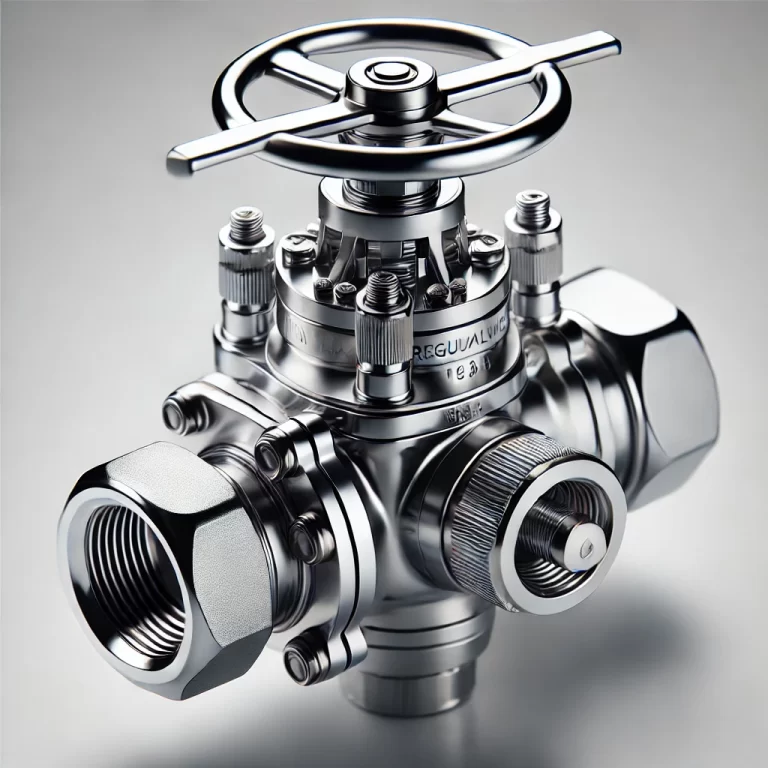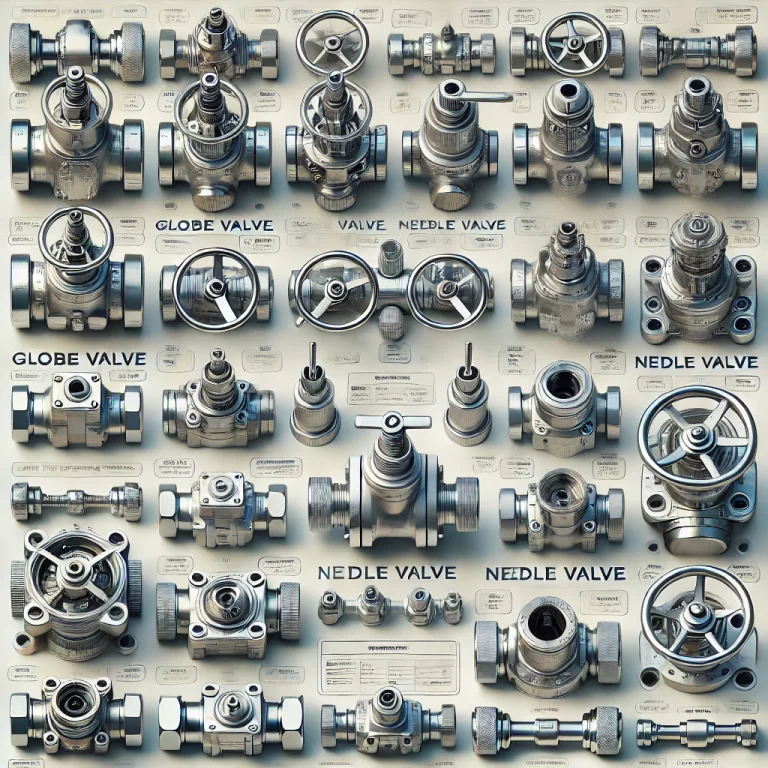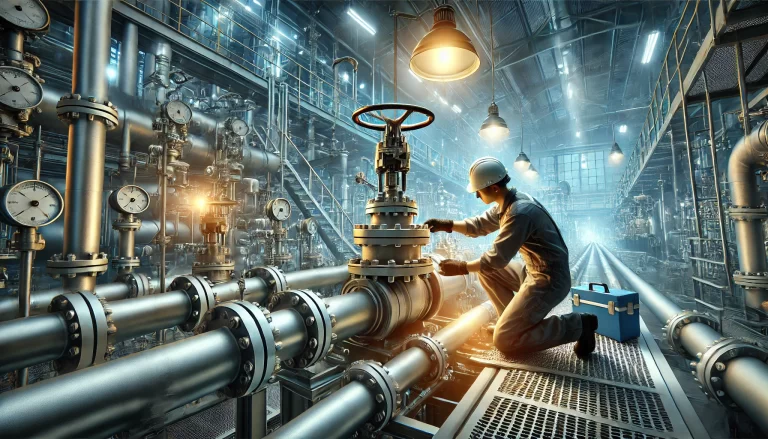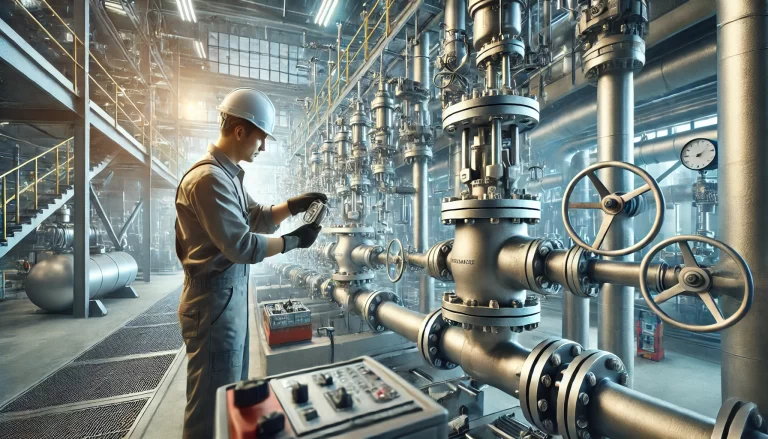I. Requirements for the Regulating Valve Air Source
- The air source should be clean and dry, without noticeable oil vapor, oil, or other fluids.
- The air source should be free of noticeable corrosive gases, vapors, and oils.
- The solid particles in the air source should be less than 0.1g/m³, with particle diameters less than 20µm, and oil content should be less than 10mg/m³.
- The dew point of the air source under working pressure should be at least 10°C lower than the working environment temperature of the positioner.

II. Transportation, Storage, and Installation of the Regulating Valve
- When transporting the valve without opening the box, prevent the packaging box from tilting or overturning to avoid damaging the product or accessories; after opening the box, avoid hitting weak positions such as accessories and pipelines during transportation.
- Before installing the valve into the pipeline, do not remove the packaging for storage. It should be stored in a dry and clean environment to prevent rain and dust from entering, and the ambient temperature should not exceed 60°C. If the packaging is removed for inspection, it should be repackaged promptly unless it is to be installed immediately.
- Before installation, check for any damage or abnormalities in the valve and related equipment. The pipeline and fittings should be cleaned and purified to ensure no foreign matter, as it can cause the valve to jam and damage the sealing surface.
- Confirm that the flow direction of the medium is consistent with the arrow direction on the valve body.
- Do not open the plugs or seals of the air and electrical interfaces before connecting pipes and wires.
- The normal installation method for the valve is with the actuator vertically installed above the valve. Other methods may cause uneven wear of the valve core and seat, and additional support may be needed if the actuator is too heavy.

- Confirm that the valve flange, pipe flange, bolts, and seals are correct.
- Consider the space required for on-site debugging, maintenance, and disassembly operations during installation, especially for large valves installed at high altitudes where hoisting convenience is also essential.
- Do not install the valve in places with severe vibration or excessive pressure.
- During installation, connect the mating flange, gasket, and valve body flange first, then weld to the pipeline to prevent misalignment and ensure parallelism of flange end faces for better sealing.
- For supply pipelines of pressure-reducing valves and other instruments, select a sufficient diameter to meet the airflow requirements, and the air quality should meet the previous requirements.
- Before wiring, confirm that the power voltage (signal) matches the voltage indicated on the nameplate of the positioner, solenoid valve, and limit switch, and ensure that the cable interface is sealed and waterproof.
III. Commissioning
- Before powering the regulating valve, confirm that the wiring and voltage are correct, and ensure the handwheel mechanism is in automatic mode (if the pipeline has been manually opened for purging or pressurization). Then, supply air, power, or signal according to the manual requirements. Since the valve has been debugged before leaving the factory, perform tests according to the signals.
- If the zero position or stroke of the regulating valve changes or is incorrect, recalibrate or self-check the positioner according to the manual.
- If the positioner is reinstalled or replaced, install and recalibrate according to the manual.

IV. Maintenance and Repair of the Regulating Valve
- Preparation before removing the valve
- ① When performing any maintenance operations, wear protective gloves, clothing, and goggles according to the medium condition to avoid personal injury.
- ② Cut off the air source, power supply, or control signals to the actuator to ensure the actuator does not suddenly open or close the valve again.
- ③ Use manual valves before and after the bypass or shut-off valve to release the pressure and temperature on both sides of the valve and discharge the process medium on both sides to ensure no pressure and medium before and after the valve.
- ④ Prepare normal disassembly tools and lifting equipment.
- Removing the valve Even if the valve has been removed from the pipeline, the flow passage in the valve body may still contain process medium, so be careful to avoid injury from the process fluid when removing it.
- Cleaning The regulating valve can easily be contaminated by process fluids. If the process medium is corrosive, explosive, or radioactive, it is harmful to the human body. Therefore, special methods must be used to clean parts soaked in the process medium. Avoid repeated contamination and clean in a safe location.
- Disassembling the valve Remove accessories and actuators separately, and collect and store them properly.

- Disassembling valve body parts Avoid damaging key parts such as seals, valve stems, valve cores, and valve seats (or sleeves) during disassembly. Clean and inspect each part for abnormalities. Collect and store qualified parts, and repair or replace unqualified parts.
- Disassembling the actuator Carefully check the bracket, diaphragm, spring, push rod, and threaded connectors after disassembling the actuator. The bracket should not have cracks, the diaphragm should not be damaged or aged, and the spring should not be deformed.
- Reassembly Before reassembly, repair or replace damaged parts. Replace sealing gaskets that cannot be reused to ensure no leakage. Reassemble step by step in the reverse order of disassembly, ensuring accurate alignment and even tightening.
- Connecting actuator, valve body parts, and accessories
- Testing After reassembly, test the regulating valve for air tightness, high-pressure testing, leakage testing, and accuracy. Only after passing these tests can the valve be sent for on-site installation.
